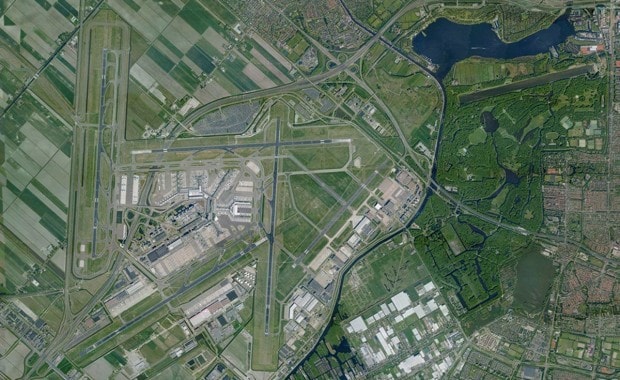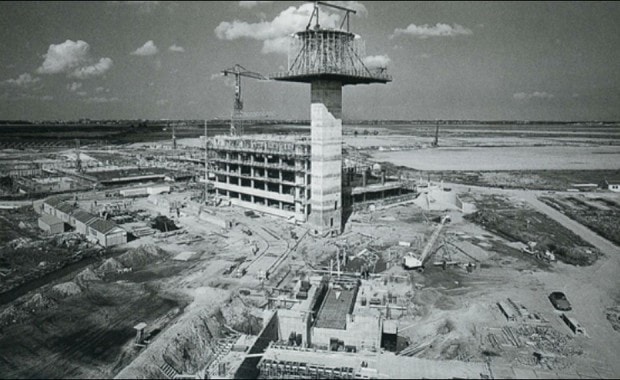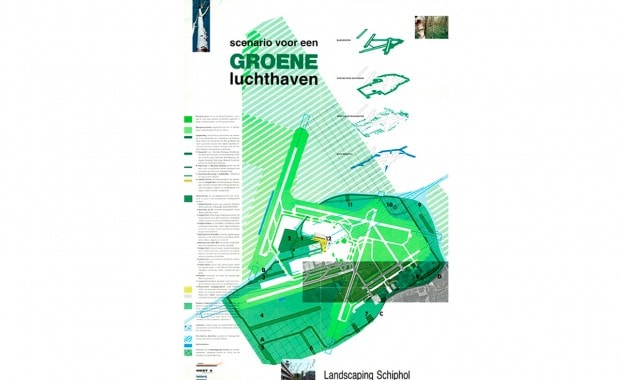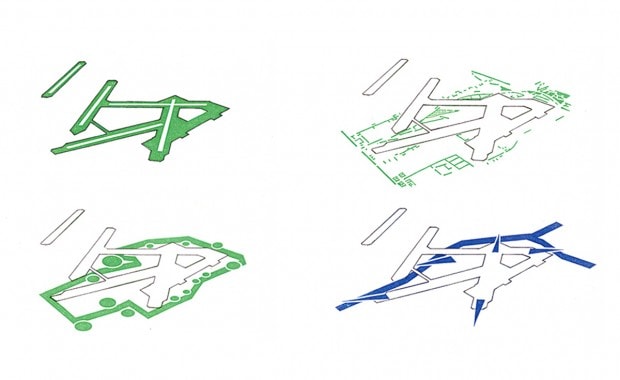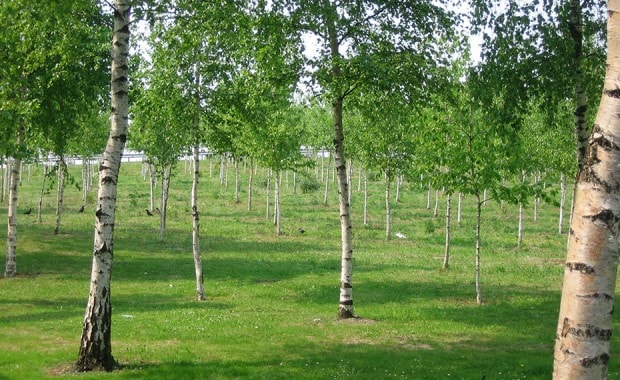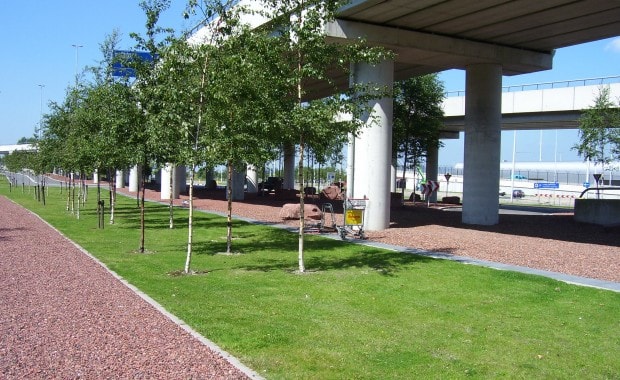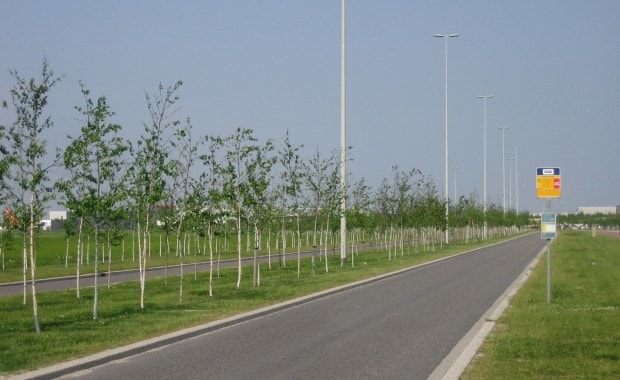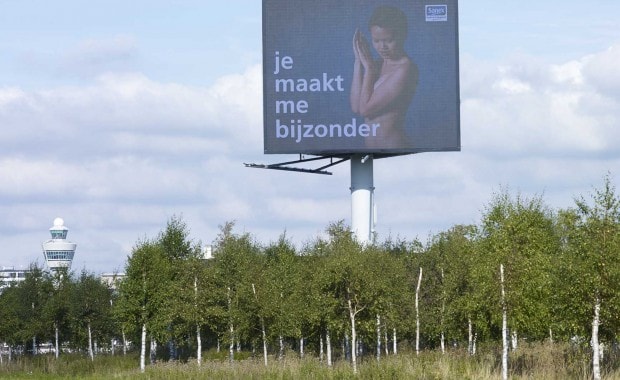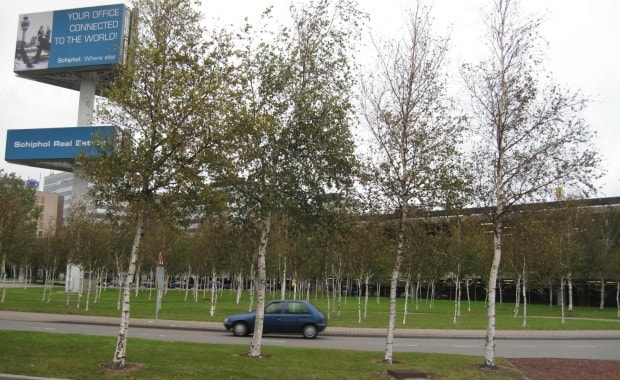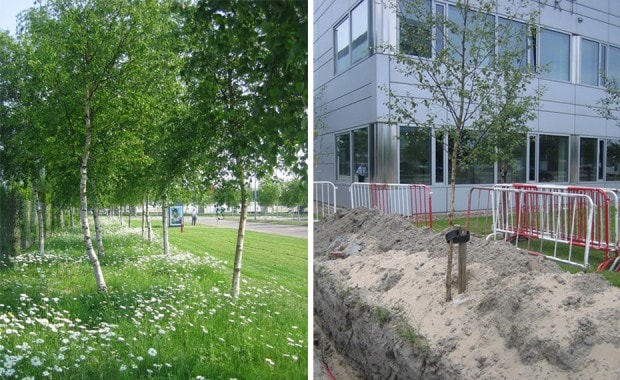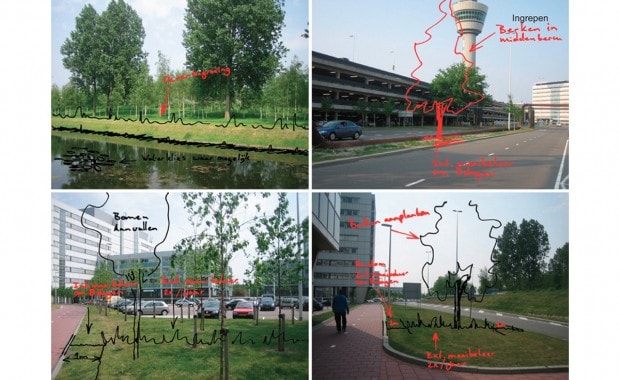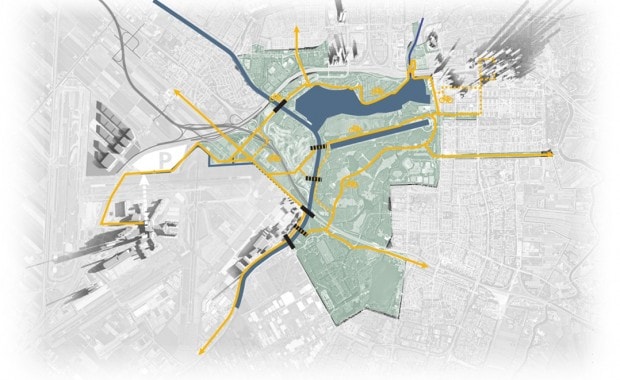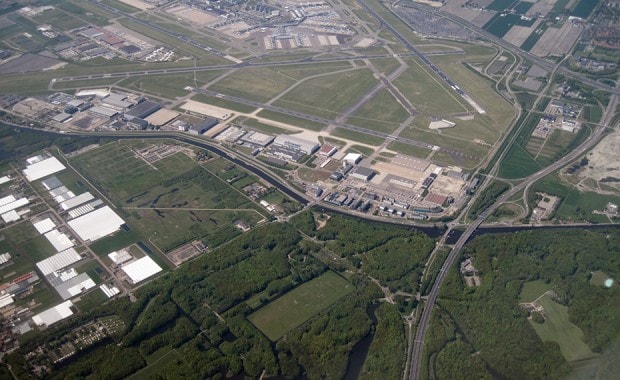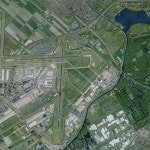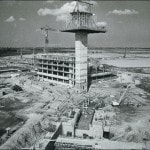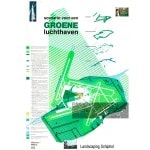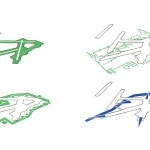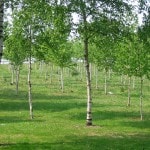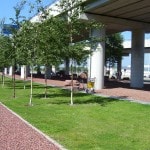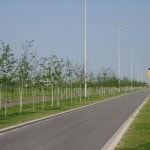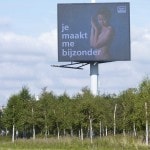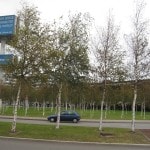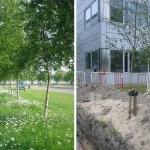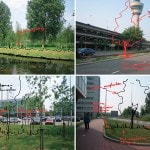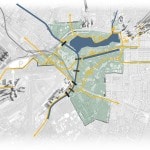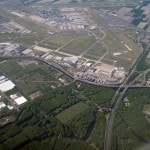Project: Landscaping Schiphol Airport
Location: Schiphol, Amsterdam, The Netherlands
Firm: West 8
Year: 1992
Firm website: www.west8.nl
Project Description: When West 8 was asked to take on this project in the late 80s, the question emerged of whether it was actually possible to ‘landscape’ an airport. In an environment that is so dynamic, there seemed to be nothing to design; no durable plan drawing to be delivered. There were no precedents or examples; it had not been done before. This forced the team to start thinking in terms of a ‘menu’ rather than about a final design. West 8 pitched to Schiphol management, that they should get rid of all the patches of dirt, all the unnecessary tarmac, all the vacant gravel lots, the unused sidewalks, the maintenance-intensive garden beds and half-empty storage compounds. Everything was to be taken away and all those vacant bits of land should be planted with trees. Young small trees, planted in masses, which were cheap, would be spread across the airport area like a veil.
Rather than starting with an image, West 8 began by reconsidering the process by in which an airport landscape is designed and built. West 8 abandoned the notion that that there should be a project landscape architect which attends weekly meetings. Instead the approach was that as soon as a site was cleaned up, became vacant, or was left abandoned, a bombardment of trees took place, which required very little maintenance.
The airport strategy had four simple layers:
- Runway verges: For those arriving at Schiphol, Holland’s green and tidy image needs to be confirmed. The green grassed verges are well maintained at all times.
- Green route: Various airport services, facilities and centers, are positioned along a loop road. A uniform landscape treatment links and characterizes these auxiliary areas.
- Infill planting: In amongst the airport buildings, facilities and services are many areas of open space and vacant land. All those areas, without an identifiable purpose, are planted with trees.
- Visual access: The most impressive visual quality of an airport is the landing and take-off of planes. Coinciding with air-safety, visual corridors are kept open for people to enjoy.
The Right Tree: Special attention had to be paid to the selection of the tree species for the project. Schiphol Airport as a territory has a wide range of urban soil conditions. The airport is also situated in a polder, which is up to five meters below sea level. The water tables vary significantly across the site and vegetation is often subjected to high wind conditions. Finally, it is not acceptable that any vegetation attract or support bird populations.
After considerable investigation, it turned out that Betula pubescens, was the tree that ticked all the boxes. We proceeded to plant hundreds of thousands of these trees across the airport. As a natural pioneer species the birches were hardy and adaptable to the numerous growing conditions that occur at Schiphol. As unlikely as it may sound there are no birds perching in these trees, ever. In the past twenty years there has been only a single pair of European magpies who, in 2006/07 had a nest two years running, but they have since moved on.
So the diligent planting of trees and treating every spare, unused bit of airport surface with grass is now a 20 years strategy. West 8 is still commissioned on an ongoing basis to advise on landscape matters but essentially the project and the ever-changing landscape look after themselves.
Featured in Scenario 4: Building the Urban Forest
| previous project | next project |
